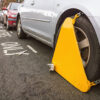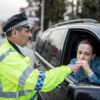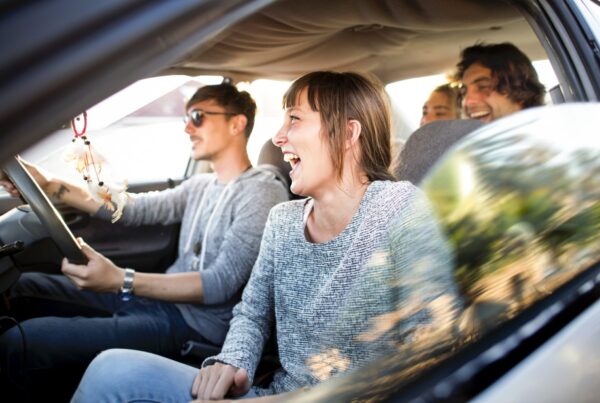If you are in an emergency, basic first aid training can save someone’s life. Here is our Basic First Aid Guide for you to follow:
Call 999
DO NOT put yourself in danger
DO NOT move the casualties from their vehicles unless it is essential
DO NOT remove a motorcyclist’s helmet unless it is essential
DO NOT give casualties anything to eat or drink
Always carry a first aid kit in your vehicle. You can do a number of things to save a life, even if you have had no training.
DO try to make them warm and as comfortable as you can, but avoid unnecessary movement.
DO keep reassuring the casualty
Always remember that the casualty may be suffering from shock
If possible try not to leave the casualties alone or let them wander into the path of other traffic.
Not Breathing
Remember the letters D R A B C
D- Danger – Check that you are not putting yourself in danger
R- Response- Try to get a response by asking questions and gently shaking their shoulders.
A – Airways – If they are unconscious check their airway is open and clear. To open the airway, place one hand on the forehand and gently tilt their head back, then lift the chin using 2 fingers only.
B – Breathing – Keeping the airway open, check to see if the breathing is normal. Look along their chest, and listen and feel for breath on your cheek for up to 10 seconds.
C – Compressions – If they are not breathing, start chest compressions immediately.
How to perform compressions:










